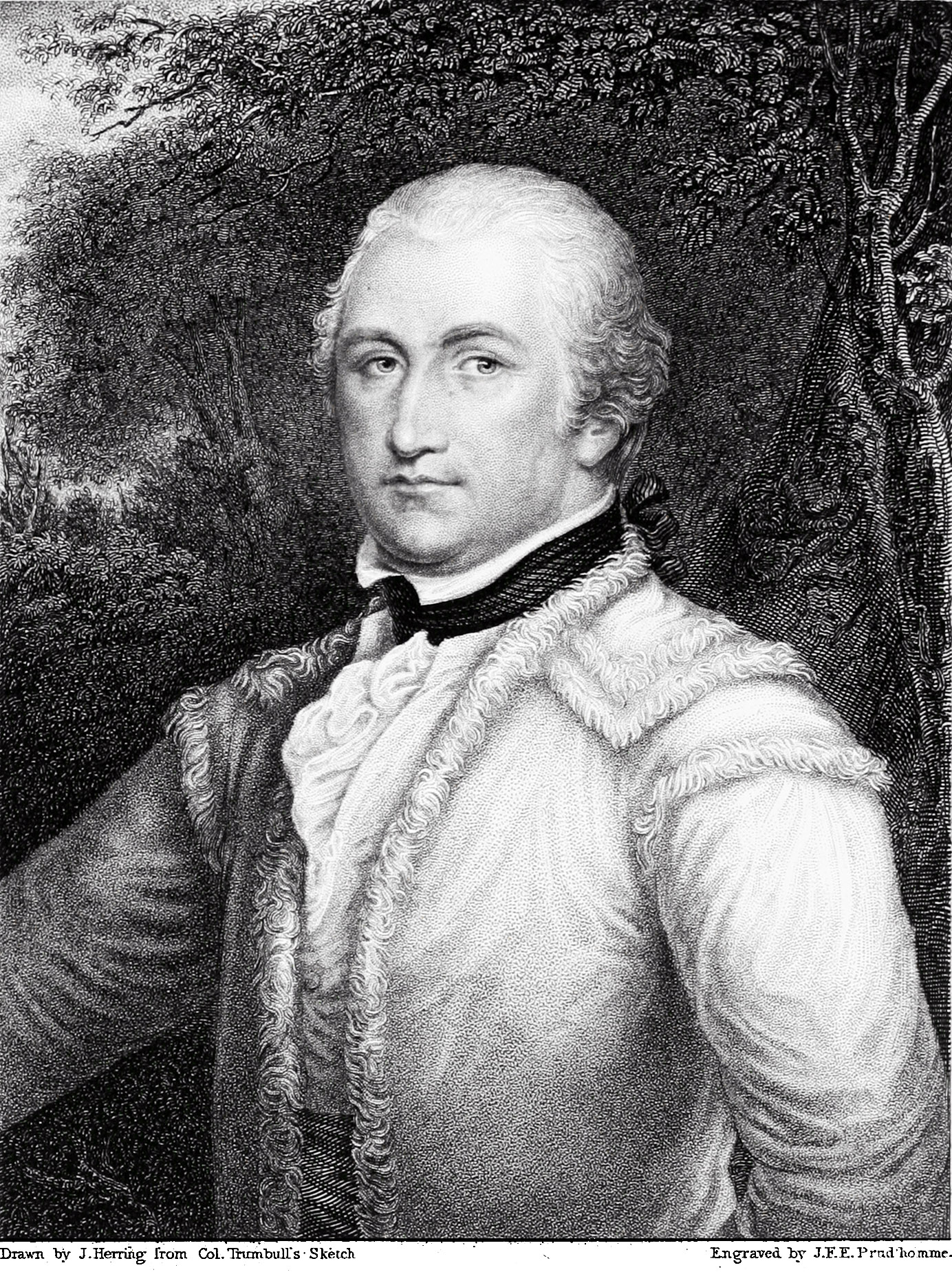SIR,
You expressed an apprehension, that the rifle-dress of General MORGAN may be mistaken hereafter for a wagoner's frock, which he, perhaps, wore when on the expedition with General Braddock; there is no more resemblance between the two dresses, than between a cloak and a coat; the wagoner's frock was intended, as the present cartman's, to cover and protect their other clothes, and is merely a long coarse shirt reaching below the knee; the dress of the Virginia rifle-men who came to Cambridge in 1775, (among whom was MORGAN,) was an elegant loose dress reaching to the middle of the thigh, ornamented with fringes in various parts, and meeting the pantaloons of the same material and color, fringed and ornamented in a corresponding style. The officers wore the usual crimson sash over this, and around the waist, the straps, belts, &c., were black, forming, in my opinion, a very picturesque and elegant, as well as useful dress. It cost a trifle; the soldier could wash it at any brook he passed; and however worn and ragged and dirty his other clothing might be, when this was thrown over it, he was in elegant uniform.
I remember to have seen in Connecticut a regiment of militia drawn up for review, of which the battalion companies had adopted this rifle-dress of white linen with black straps and hats. A grenadier company had been selected of the tallest and finest men, and dressed at considerable expense in a handsome uniform of blue coats and scarlet under-dress. I first saw the regiment at the distance of half a mile ; the grenadiers appeared small, and the rest of the regiment seemed grenadiers; the cause is obvious the rifle-dress is loose, and the sleeves above the elbow loose like the ladies' dresses of the present day, and the figure of course appears larger than if dressed in a coat with tight sleeves and body; besides which, opticians teach us that white objects always seem larger than objects of the same size, but of any other color. J. T.
